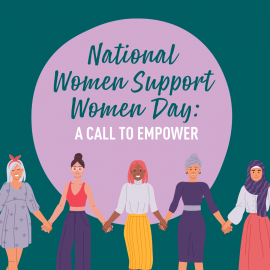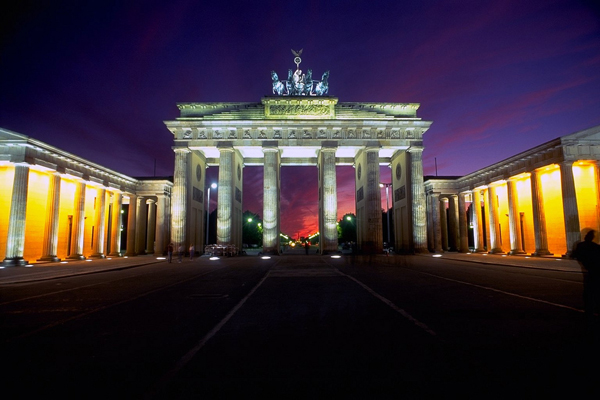Classroom Resources
Teach Through Educational Travel: Brandenburg Gate, Berlin
Historically, the Brandenburg Gate has played an important role, spanning centuries. When Napoleon conquered Berlin in 1806, he took the Quadriga to Paris. When the Quadriga was returned to Berlin in 1814, her olive wreath crown was replaced by an Iron Cross, and she became the goddess of Victory. When the Nazis were in power, they used the Brandenburg Gate as a symbol of their power. It was also the only structure left in the Pariser Platz after the bombings during WWII. In 1961, the Berlin Wall was built to separate East and West Berlin, and the Brandenburg Gate was located on the East Side. In that era, many politicians called for freedom on the West side, including John F. Kennedy, Richard von Weizsacker (the mayor of West Berlin in the 1980s), Mikhail Gorbachev, and Ronald Reagan. When the Berlin Wall (and Communism) fell in 1989, the gate once again symbolized freedom and city unity.
Since then, the Brandenburg Gate has been the site of many concerts, with both internationally famous bands and local buskers playing there. The square is populated by tourists, bicyclists, and Germans going about their everyday business. It is also immortalized in Lego’s Architecture Series, and you can even buy a kit to build, in Legos, the Brandenburg Gate yourself.

-
Read President Reagan’s historic speech in 1987, which contributed to the fall of the Berlin Wall and Communism just two years later. What are the most cogent points that President Reagan made, in your opinion?
-
Watch this vlog exploring the Brandenburg Gate. Discuss the role of the Brandenburg Gate in contemporary Germany – is it just a tourist attraction, now?
-
Within the Brandenburg Gate is the Raum Der Stille, Room of Silence, in which anyone can enter and be still, reflecting on the history of the Gate. It’s an invitation to tolerance and peace. Would you go inside to sit, what would you think about?
Related Articles

Rise Up, Take Action: How to Support the LGBTQIA+ Community
Constructed in 1791, Berlin’s Brandenburg Gate (Brandenburger Tor) was commissioned by Friedrich Wilhelm II as a grand gesture, to represent peace. It is the most well-known landmark in Berlin (and ...

Global Recycling Day: Transforming Your Post-WorldStrides Gear
Constructed in 1791, Berlin’s Brandenburg Gate (Brandenburger Tor) was commissioned by Friedrich Wilhelm II as a grand gesture, to represent peace. It is the most well-known landmark in Berlin (and ...

Envision by WorldStrides Announces Scholarship Program with Horton’s Kids to Provide Life-Changing, Career-Focused Experiences
Constructed in 1791, Berlin’s Brandenburg Gate (Brandenburger Tor) was commissioned by Friedrich Wilhelm II as a grand gesture, to represent peace. It is the most well-known landmark in Berlin (and ...

Celebrating National Women Support Women Day – A Call to Empower
Constructed in 1791, Berlin’s Brandenburg Gate (Brandenburger Tor) was commissioned by Friedrich Wilhelm II as a grand gesture, to represent peace. It is the most well-known landmark in Berlin (and ...


